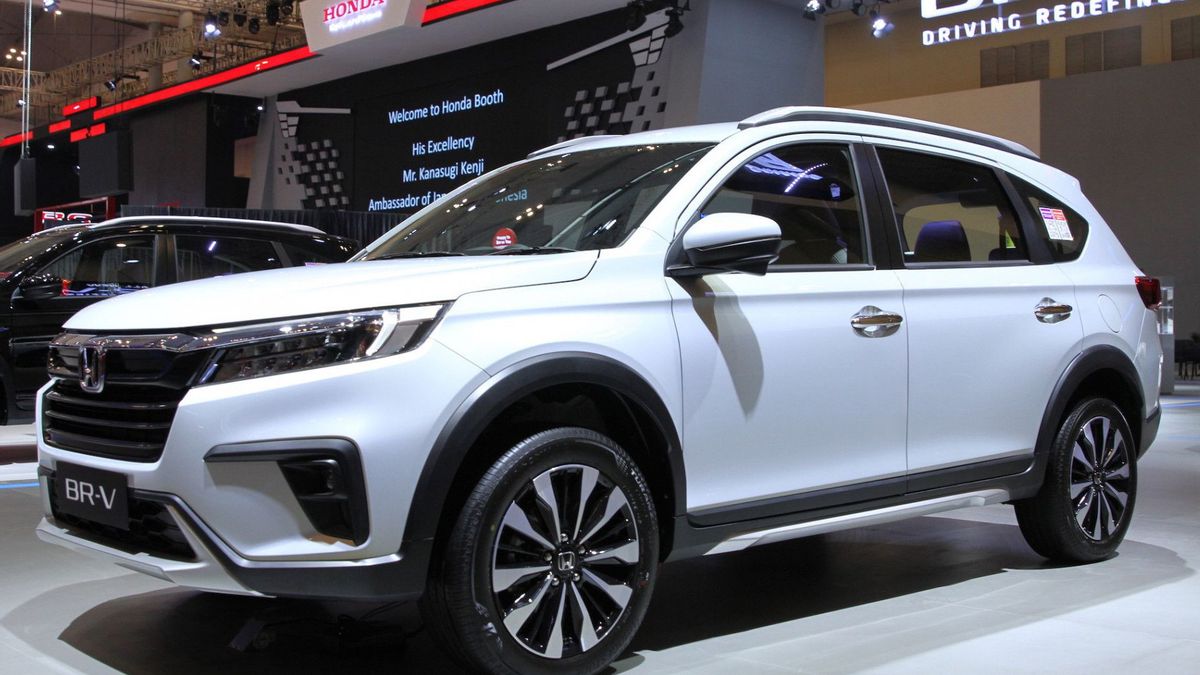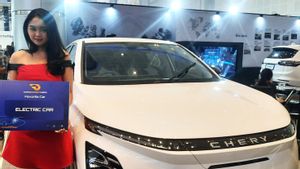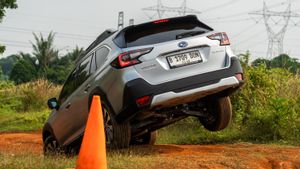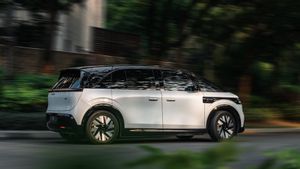JAKARTA - SUVs (Sport Utility Vehicles) have a number of advantages that make them popular in the automotive market. One of them is because many SUVs are designed with a four-wheeled driving system (4WD) or all-wheel drive (AWD), which makes them more suitable for driving on various road conditions, including off-roads. However, the price tends to discourage many consumers.
To answer the needs of consumers looking for affordable SUVs, several automotive manufacturers present the LSUV (Low Sport Utility Vehicle) segment. And of course the price is more affordable than the SUV, but the quality of this LSUV is also not too far below the SUV.
In the country, for this category, Honda has a Honda BR-V and Mitsubishi has an Xpander Cross, these two LSUV models are competing fiercely in Indonesia.
It is known that during August 2023 alone, Honda was able to sell BR-V with 1,292 units in the country. Meanwhile, PT Mitsubishi Motors Krama Yudha Sales Indonesia (MMKSI) posted sales of 3,685 at the GIIAS 2023 exhibition. The sales were dominated by the New Xpander model, including the Xpander Cross.
Want to know how the comparison between the two is? The following are the comparisons according to VOI monitoring, Tuesday, September 26.
Dimension
In terms of size, Mitsubishi Xpander Cross is bigger than Honda BR-V. Xpander Cross has a length of 4,595 mm, a width of 1,790 mm, a height of 1,750 mm, and a wheelbase of 2,750 mm. Meanwhile, Honda BR-V has a slightly smaller dimension, with a length of 4,453 mm, a width of 1,735 mm, a height of 1,666 mm, and a wheelbase of 2,662 mm.
Safety Features
Honda BR-V excels in terms of safety thanks to the Honda Sensing feature which includes Road Departure Mitigation System (RDM), Adaptive Cruise Control (ACC), Auto High Beam (AHB), Collision Mitigation Braking System (CMBS), Lane Keeping Assist, and Lead-Car Departure Notification. This is coupled with other features such as Anti-Lock Braking System, Electronic Brake Distribution, Hill-Start Assist Control, Rein Parking Sensors, Engine Check Warning, and others.
Mitsubishi Xpander Cross, although not as many as BR-V, is equipped with several safety systems such as Reinforced Impact Safety Evolution (RISE), Electronic Brake Distribution, Brave Assist, Anti-Lock Braking System, Active Stability Control, Hill Start Assist, and Emergency Stop Signal. Another special feature at Xpander Cross is Active Yaw Control, which helps vehicles maintain balance as they bend.
Machine Performance
Both models are equipped with a 1.5 liter gasoline-fueled engine, but the difference lies in the output power. The Honda BR-V with a 1.5 liter 4-cylinder DOHC 16 valve engine produces up to 119 dk of power and a 145 Nm torque. Meanwhile, the Xpander Cross, with the same engine, has a slightly lower output power, namely 104 dk and a 141 Nm torque.
VOIR éGALEMENT:
Price
Honda BR-V has five variants offered at prices ranging from Rp. 288.8 million for the S MT variant to Rp. 356 million for the highest variant of Prestige CVT with Honda Sensing.
On the other hand, Mitsubishi Xpander Cross only has two variants with prices ranging from IDR 316.7 million for the MT variant and IDR 342.6 million for the CVT Premium variant.
Conclusion
Both the Honda BR-V and the Mitsubishi Xpander Cross have their own advantages. The Honda BR-V offers a variety of safety features at a more affordable price, while the Mitsubishi Xpander Cross provides comfort, a wide space. The choice between the two depends on the preferences and personal needs of consumers.
The English, Chinese, Japanese, Arabic, and French versions are automatically generated by the AI. So there may still be inaccuracies in translating, please always see Indonesian as our main language. (system supported by DigitalSiber.id)










